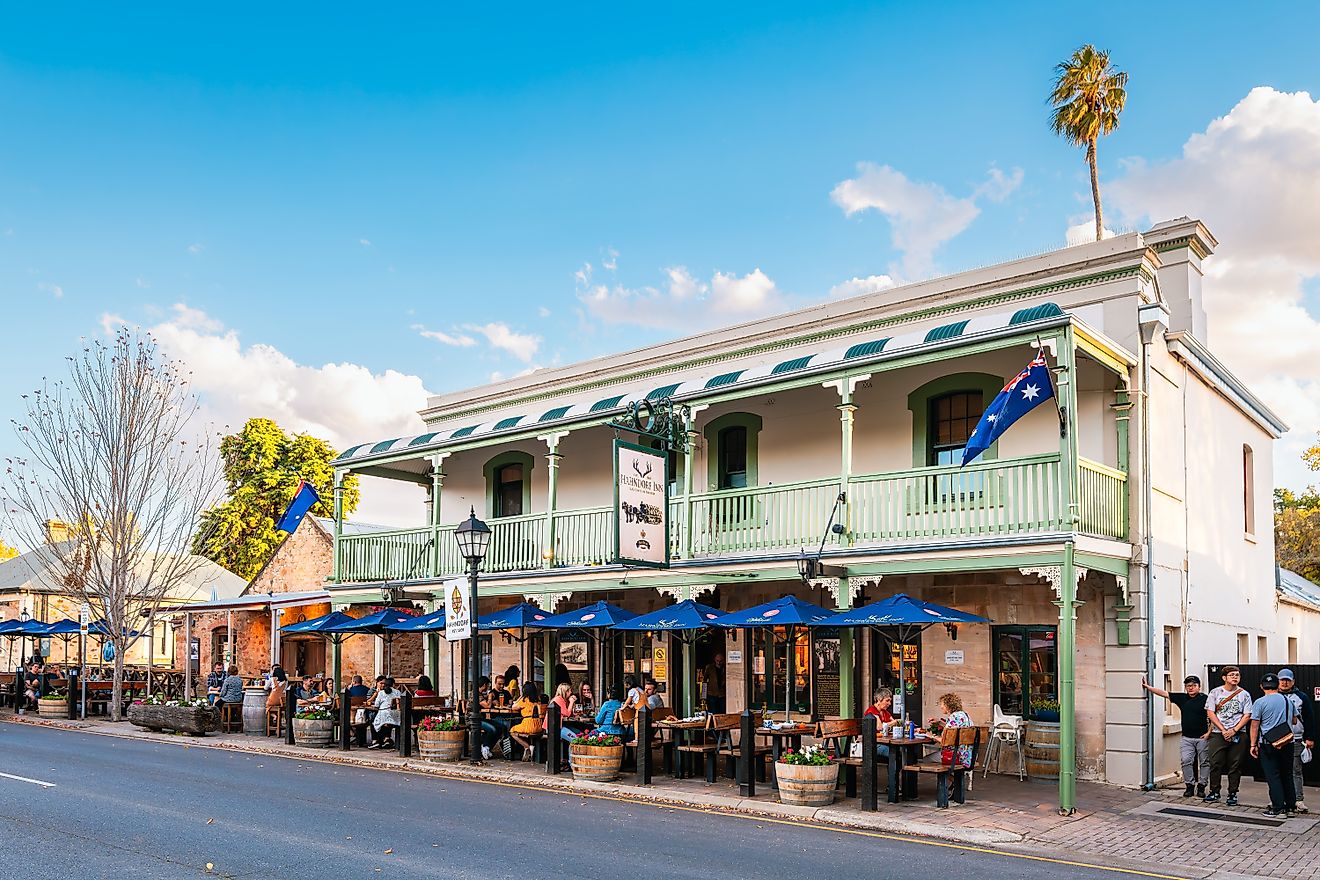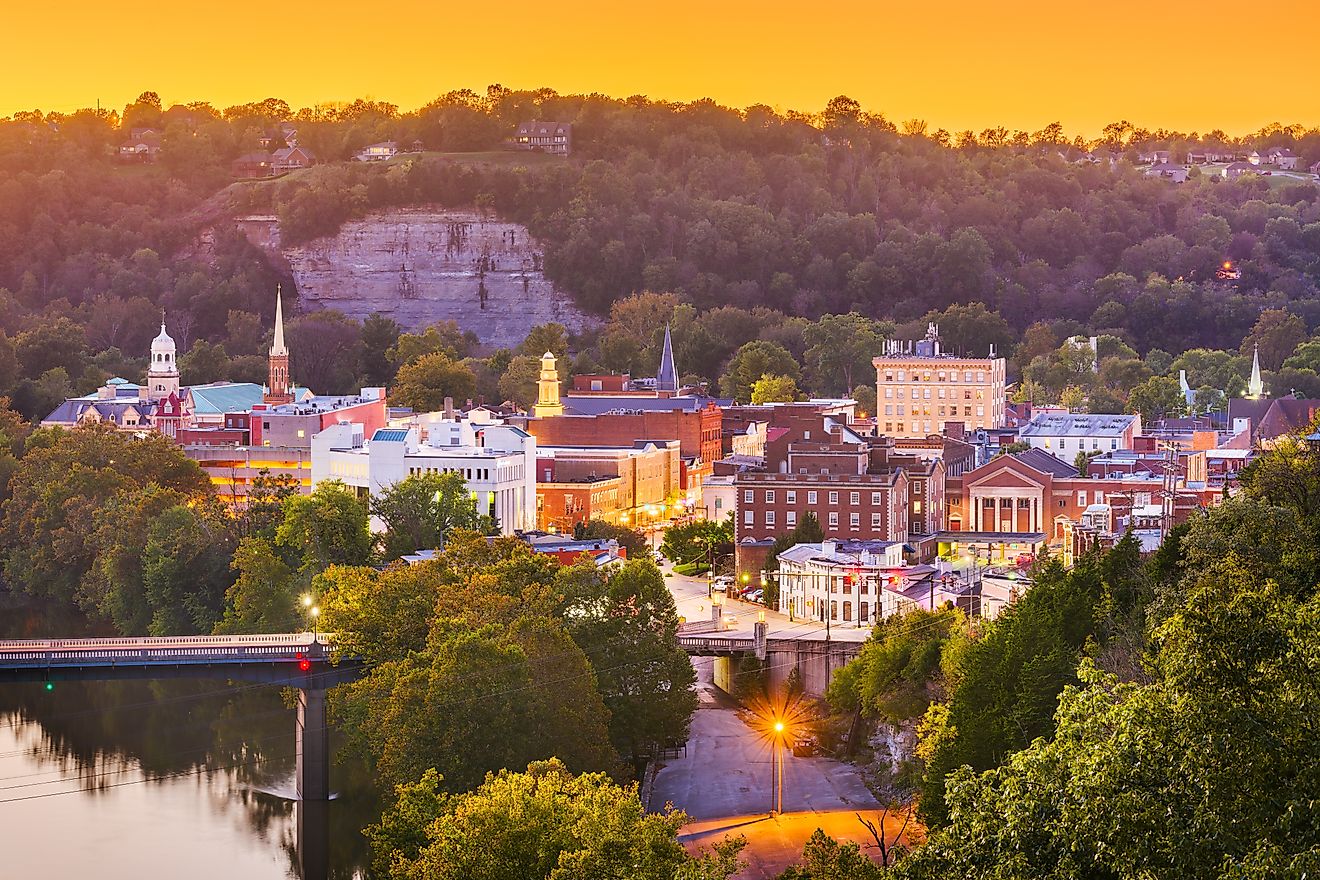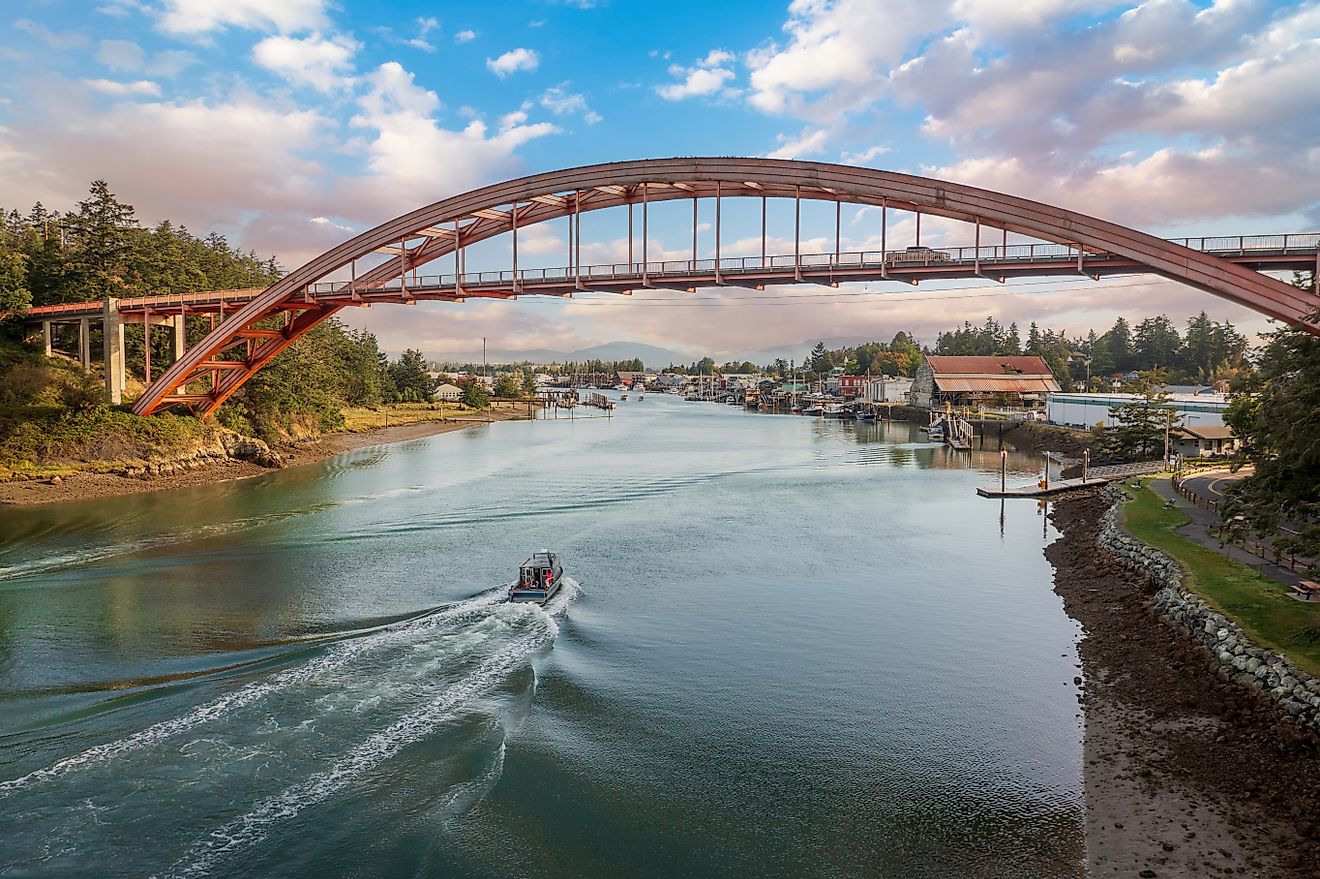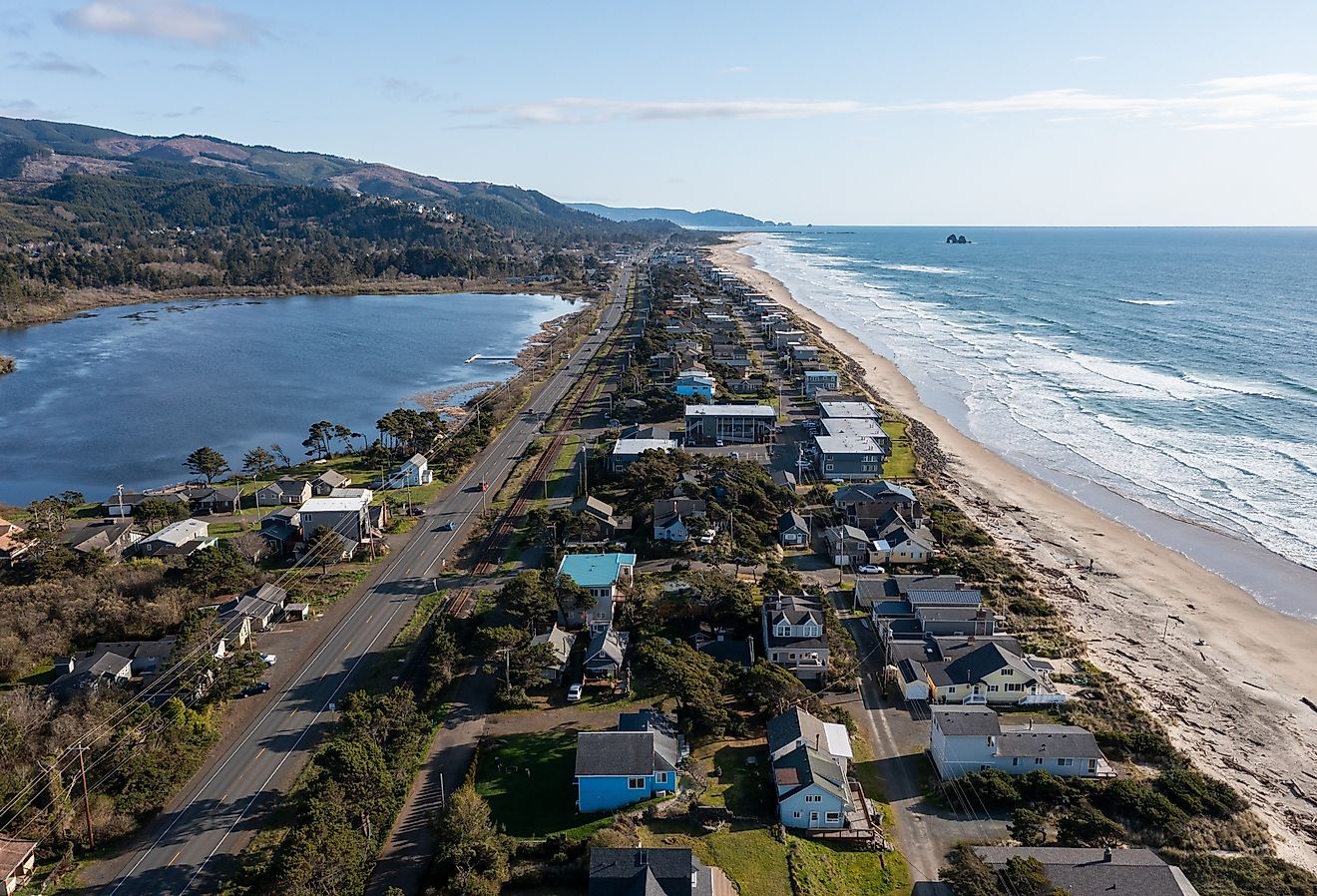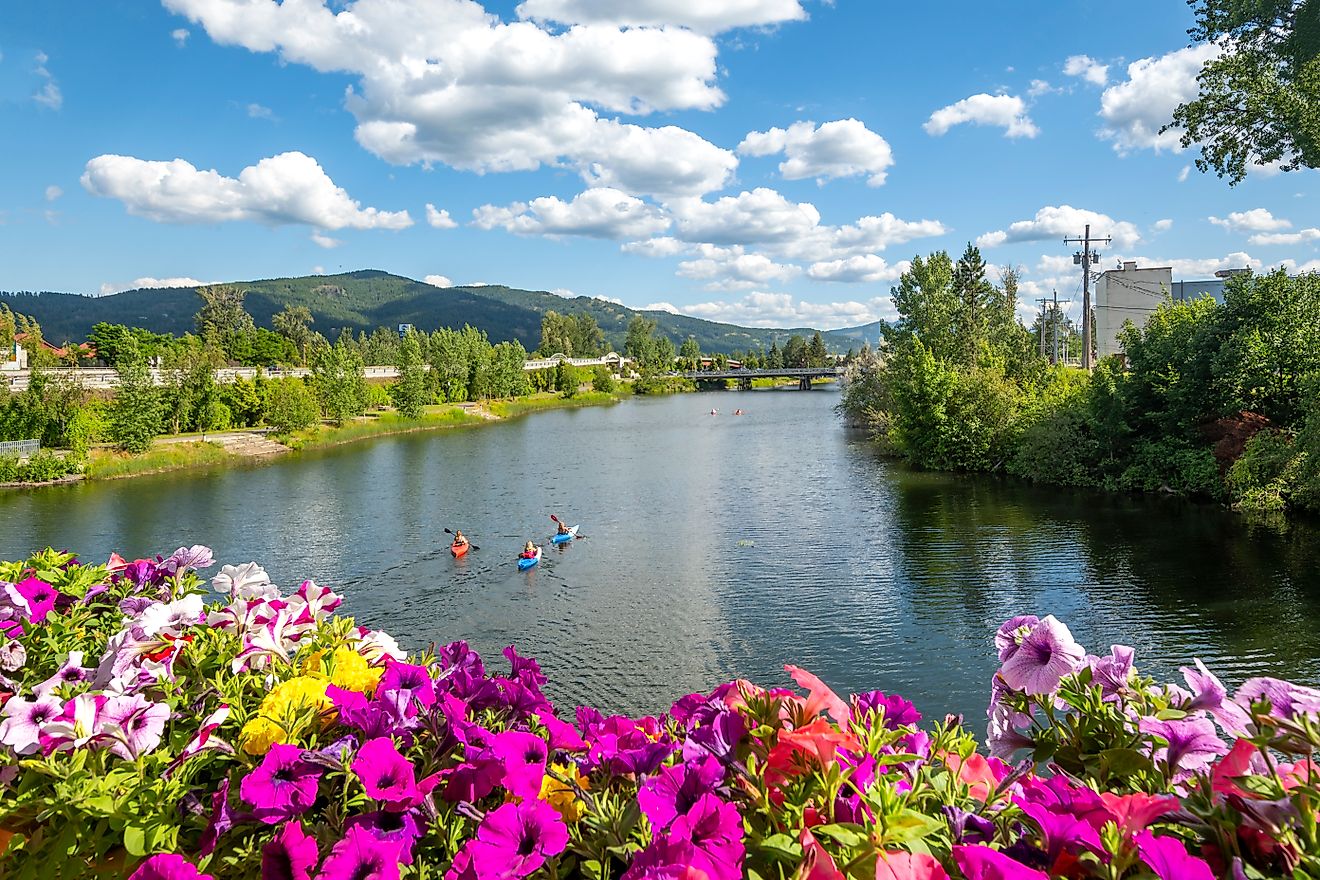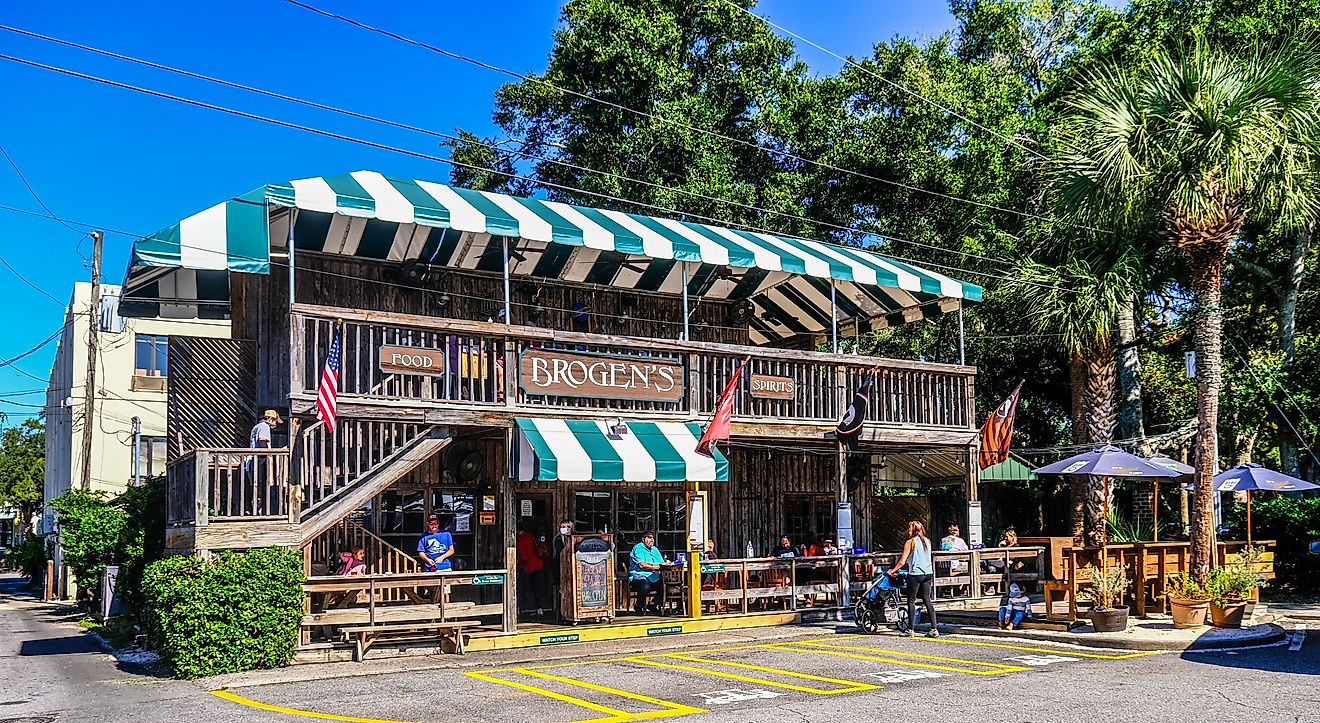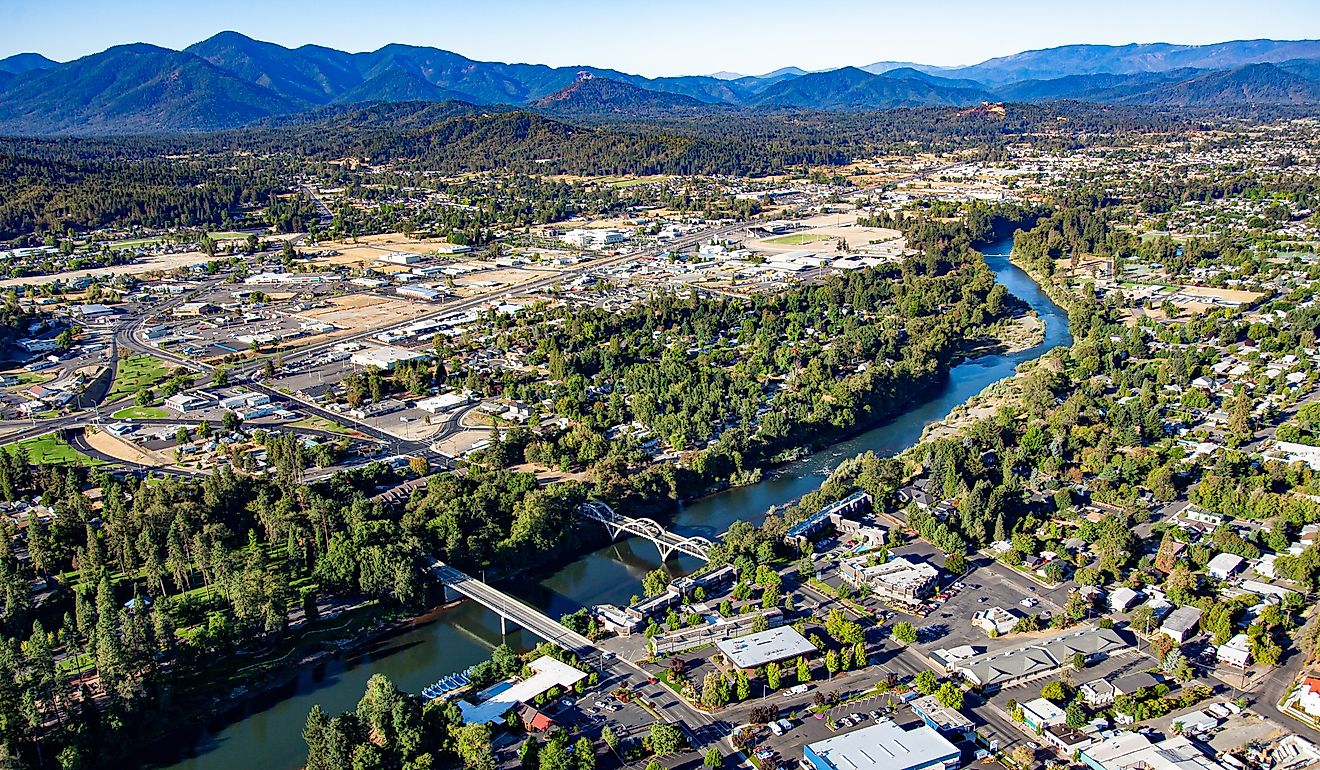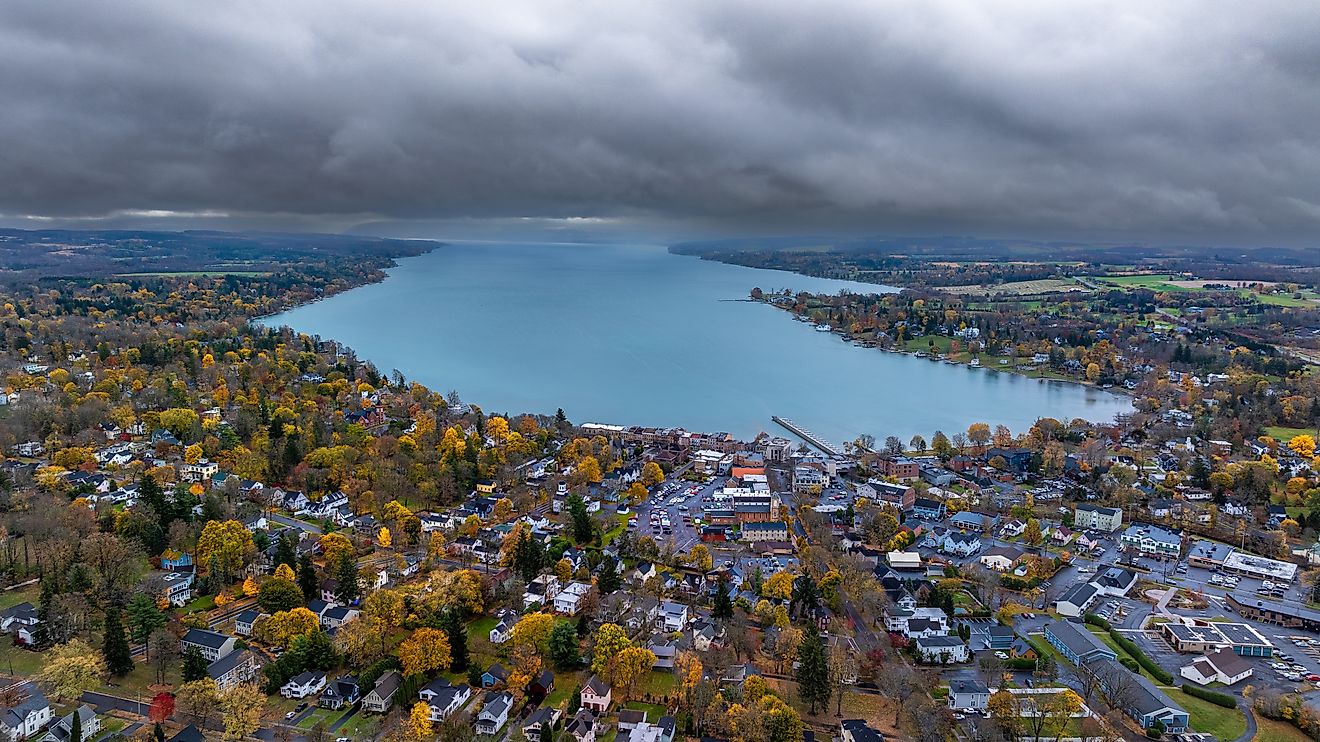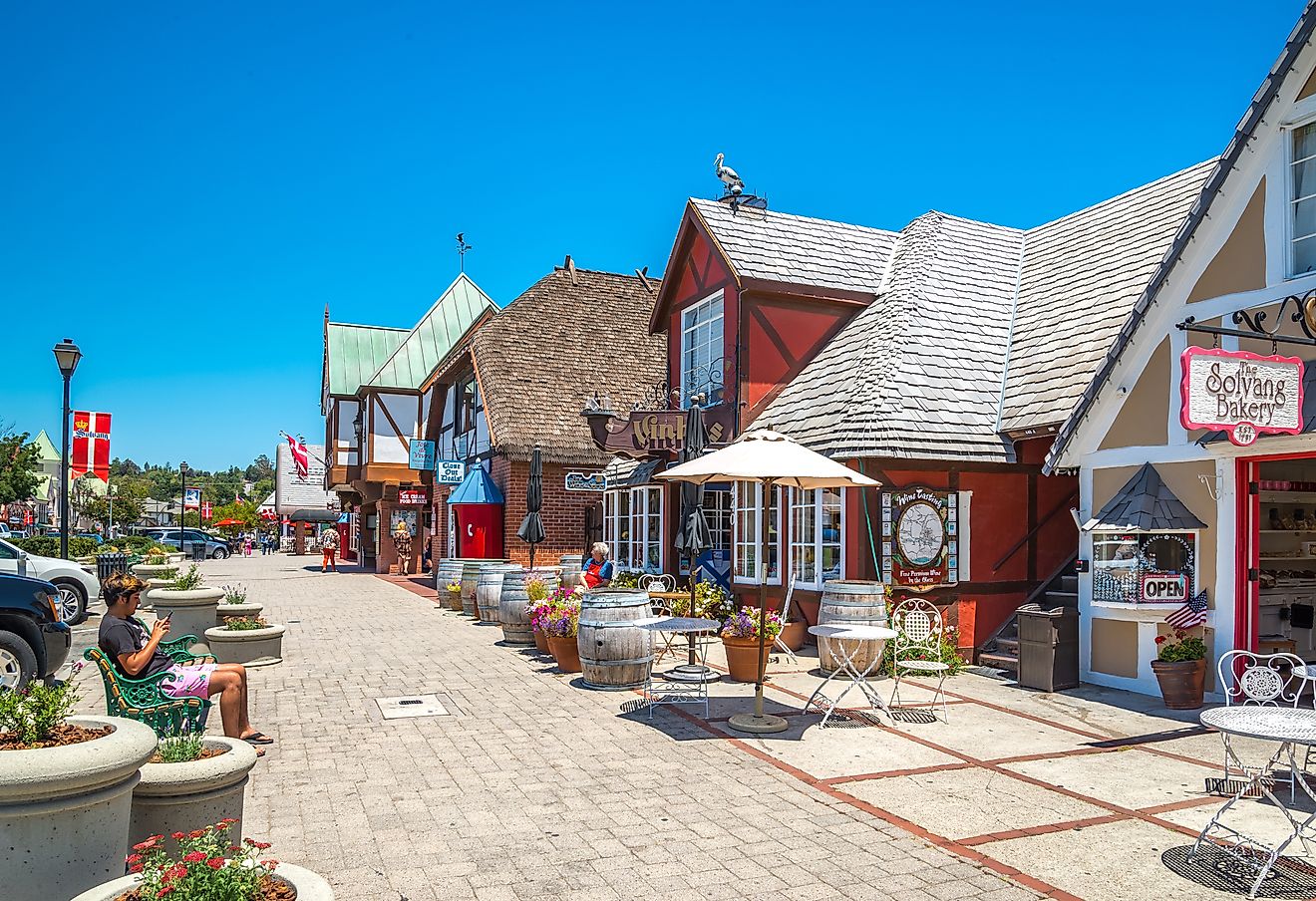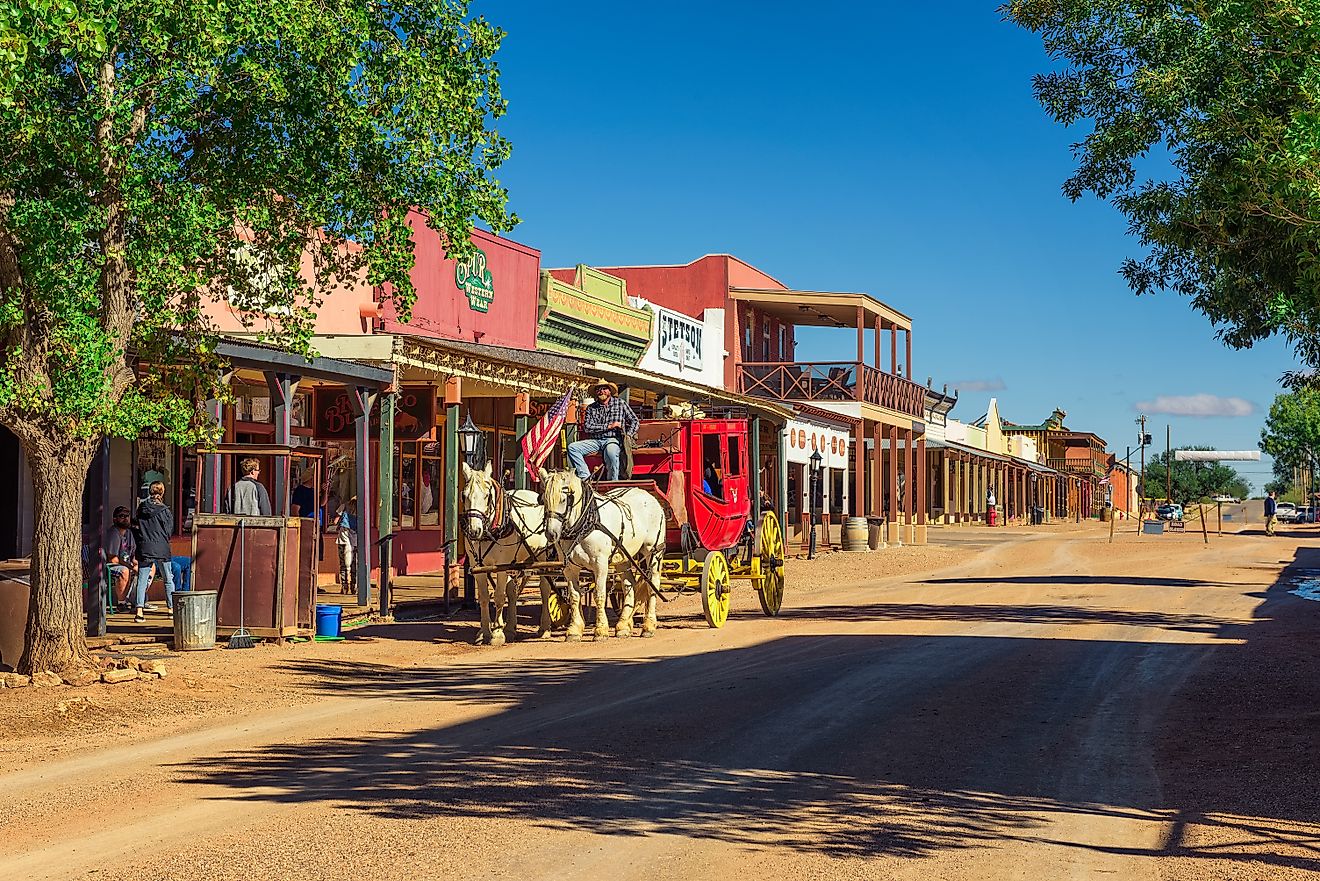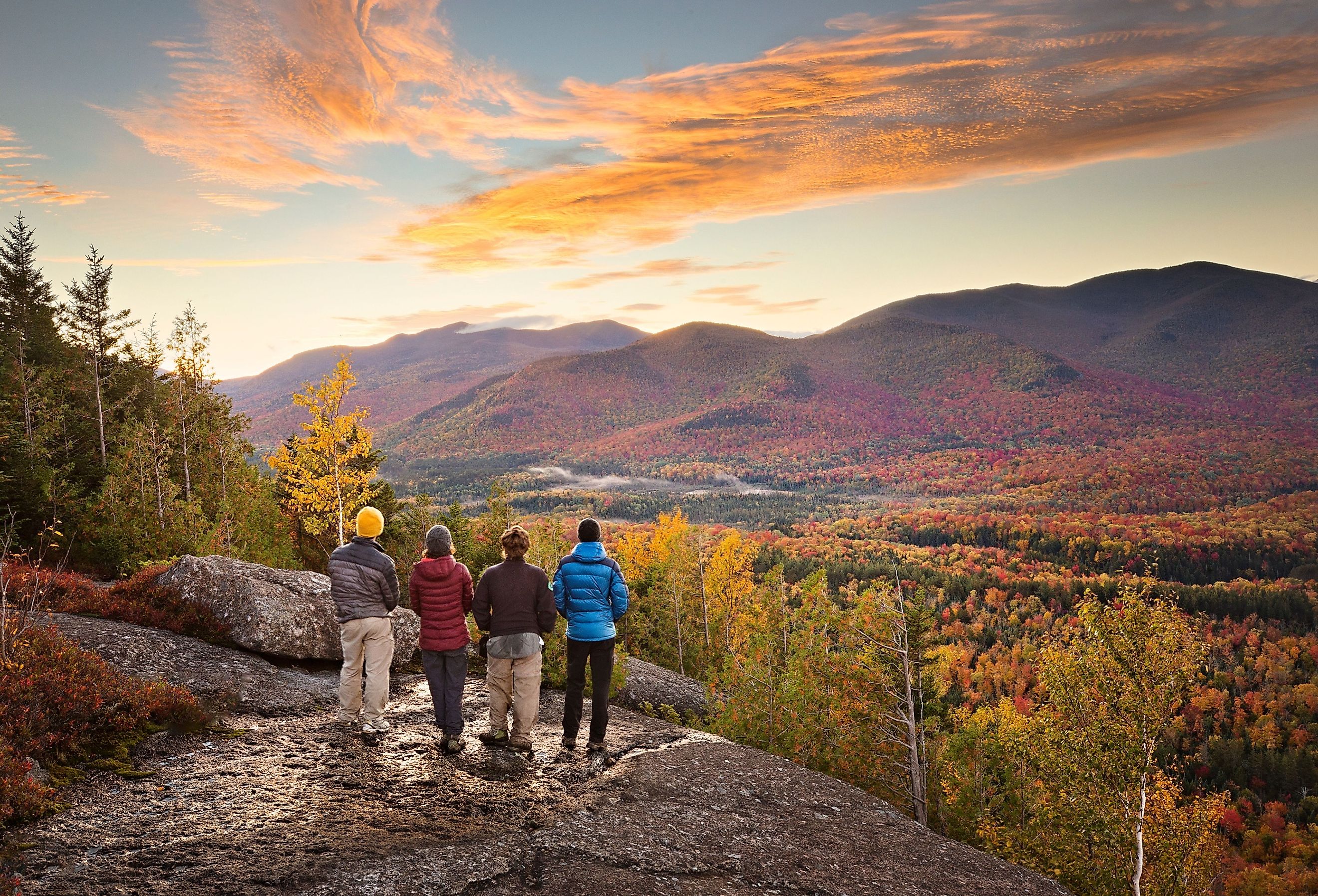
Adirondack Park
The largest park in the contiguous United States, in fact, its largest protected area, is the famous Adirondack Park in Upstate New York. It is true, the title of the largest park on the mainland does not belong to Death Valley nor to Yosemite. While those parks are indeed large, Adirondack Park dwarfs them in size. The park hosts large areas of the Adirondack Mountains. It feeds many important lakes and rivers like the Champlain (link) and Hudson, while the creation of the park has done much to protect the wildlife and wilderness of roughly 6 million acres of land. The conservation of this great park has been no accident, owing to a fascinating story behind the park's legal designation.
Geography
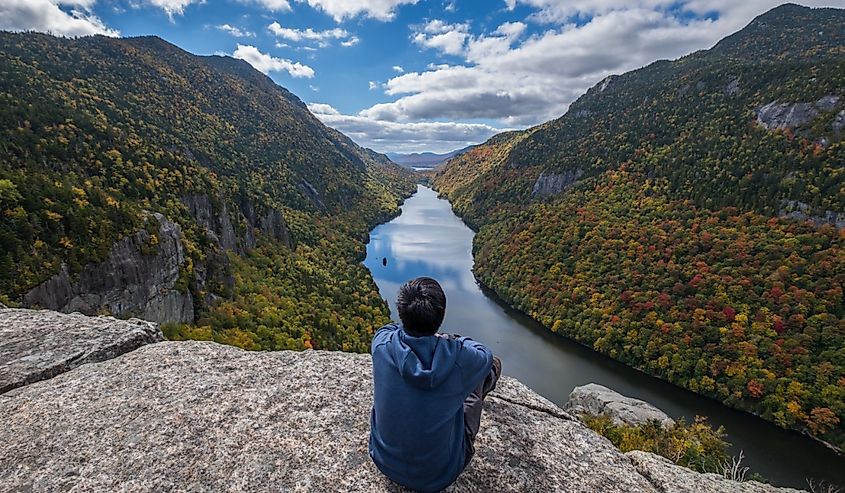
One of the key identifying features of Adirondack Park is the Adirondack Mountain belt. Though much of this belt is within Adirondack Park, they are not one and the same. Adirondack Park is a legal zone that has the majority of the Adirondack Mountains lying within it. 42 of the 46 peaks in the Adirondacks lie in the boundaries of Adirondack Park. This means that much of Adirondack Park’s geography comprises the circular dome of mountains that rises from ancient bedrock. Boreal forest covers Adirondack Park, which is full of pine, fir, spruce, and larch trees. The changing of colors from the trees is one of the defining characteristics of Adirondack Park during the fall season, bringing in many tourists. Water comes from the mountains to many of the largest waterways in the outlying regions, including Lake Champlain, Lake Hudson, St Lawrence River, and the Mohawk River.
Animals

There are over 200 species of birds in Adirondack Park, ranging in size from the many varieties of warblers to the mighty bald eagle. Because of all the wetlands in Adirondack Park, there are many birds, such as ducks and mallards, the Belted Kingfisher, the Great Blue Heron, and the Canada Goose. The Common Loon is somewhat of a mascot for the Adirondacks, with a pair of loons featured on the logo of the Adirondack Council. There are many mammals in Adirondack Park, including moles, shrews, various rodents, including flying squirrels, rabbits, snowshoe hares, bats, weasels, martens, otters, raccoons, coyotes, foxes, black bears, moose, and white-tailed deer. Curiously, there are said to be no wolves in Adirondack Park or New York State, for that matter. But the legitimacy of this claim was put into question in 2021 when a wolf was shot in Cooperstown, which is on the periphery of Adirondack Park.
History
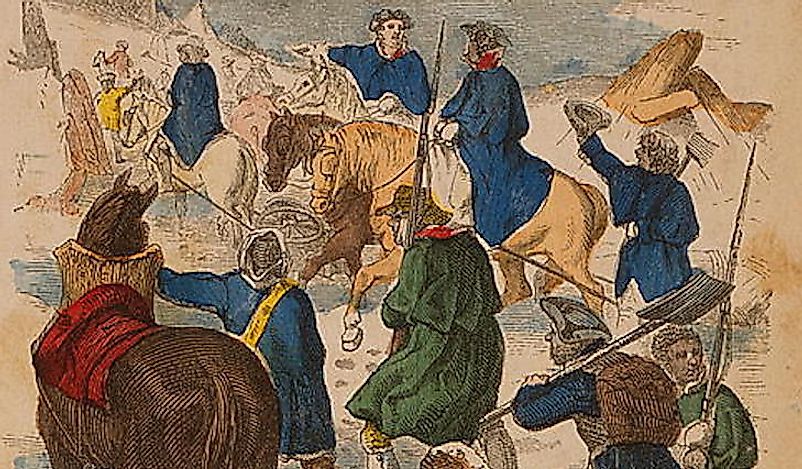
There is evidence showing a Native American presence in the region now known as Adirondack Park since at least 9000 BC. The name Adirondack itself is a Mohawk word that means "bark eater" and was applied to an Algonquin tribe. Historians believe that the Mohawk called this tribe of Algonquin "Adirondacks" because they ate bark in times of scarcity. Samuel de Champlain was the first European to explore the area in 1609, after which the French and the English would both settle into the region, resulting in many battles that culminated in the French and Indian War from 1754-1763, and the Revolutionary War, where Adirondack Park was the site of one of the key battles, the American re-capture of Fort Ticonderoga in 1775. To this day, Adirondack Park lies just south of the borders drawn from those battles of what now is the French-speaking province of Quebec, Canada.
A curiosity surrounding the classification of the majestic Adirondack Park is that though it’s rich in geography, tourism, and culture, it isn’t a National Park. The explanation points to the designation and delineation of the park in 1892 by the State of New York. At the time, industry was wreaking havoc on the area. Logging, paper, tanning, and charcoal industries caused deforestation, erosion, and flooding in the region, among other environmental impacts. One man, lawyer-turned-surveyor Verplanck Colvin, led the charge to protect the park for future generations.
Verplanck Colvin’s cause was the preservation of the region now known as Adirondack Park. While working at his father’s law office, the young Verplanck Colvin began nurturing his natural curiosity for mapping through his study of survey documents in relation to land ownership. At first, Colvin’s exploration of the Adirondacks was in relation to inconsistent land surveys, a problem he sought to solve. This led to more exploration and frequent trips to the Adirondacks and became an advocate for legal protection of Adirondack Park.
In 1892, The New York Legislature passed the Adirondack Park Enabling Act, validating the work that Colvin and members of his survey crew (and those before them) had done by passing into law the boundaries of the Adirondack Park. Verplanck Colvin’s effort did not go unnoticed and his contributions were commemorated in the naming of Mount Colvin. It’s not just the name of a mountain or the enactment of state law that bears trace of Verplanck Colvin. His legacy lives on in physical form throughout Adirondack Park, as many pieces of surveying hardware that Colvin used are scattered throughout the park, such as bolts, hooks, and eyelets.
Two years after the creation of the park, in 1894, the “Forever Wild” clause was added to the Act. The clause makes it so that any current or future forest preserve land is to remain forever wild, meaning it can’t be leased or sold as well as forbidding any deforestation in that land, which amounts to almost 3 million acres. This clause, and the Act that precedes it, has made it possible for residents and nature lovers to enjoy the Adirondack Park and the landmarks under its governance.
The Park Today
The effects of the legal designation of the park are still seen today. New York State owns 44% of the park (2.6 million acres) and regulates the actions of the remaining 56% that is used for industry and for residences for approximately 123, 000 people spread over 101 towns and villages. A couple of famous park residents met first-hand the reality of the control and power of the state and the “Forever Wild” designation. In the 1990s, Shania Twain and her then-husband, producer Robert Lange, began a major renovation project of their newly-bought 3 million dollar estate. Their failure to consult the Adirondack Park Agency and the Adirondack Park Land Use Development Plan resulted in them having to pay $45,000 in fines as well as commit to wetlands compensation projects.
Still, the legislation and governing bodies that protect the park, though sometimes zealous in their approach, are responsible for the ability for people to have such a large, wild, beautiful park to enjoy. There are 130,000 permanent and 230,000 seasonal residents in towns such as Lake Placid, Lake George, Saranac Lake, or more remote places. Tourism is a huge part of the economy in the region, which has only been helped and not hindered by state intervention in park protection. In a world in a state of rampant climate change, Adirondack Park is a shining example of the value of conservationism and also the methods for enabling it.
